How to find the best architects, designers, landscapers and craftsmen to create your own newly-built country house
Building a new house doesn’t only require great design, materials and craftsmanship, but also a trusty cohort of experienced professionals who work seamlessly together, says Amelia Thorpe.
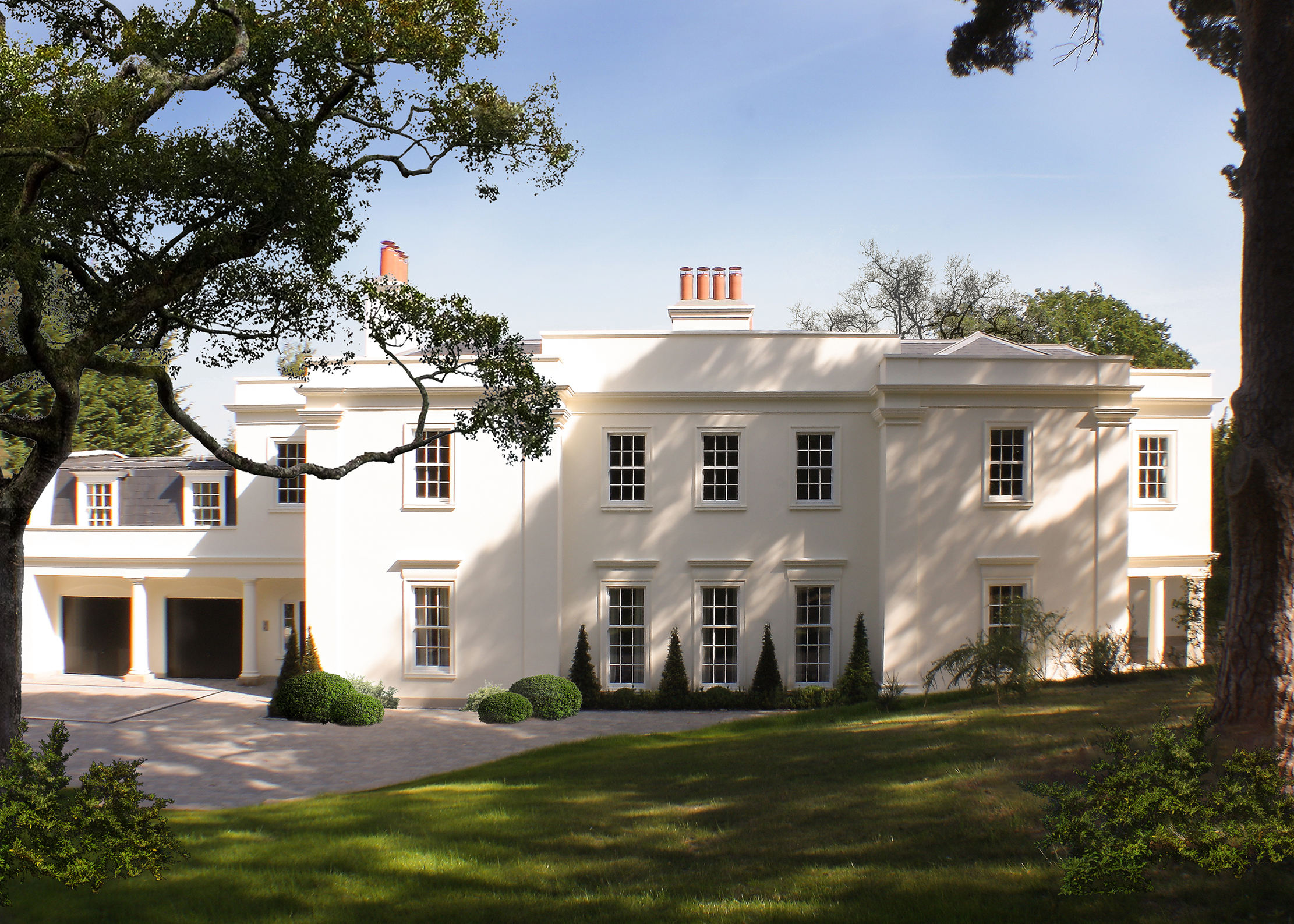
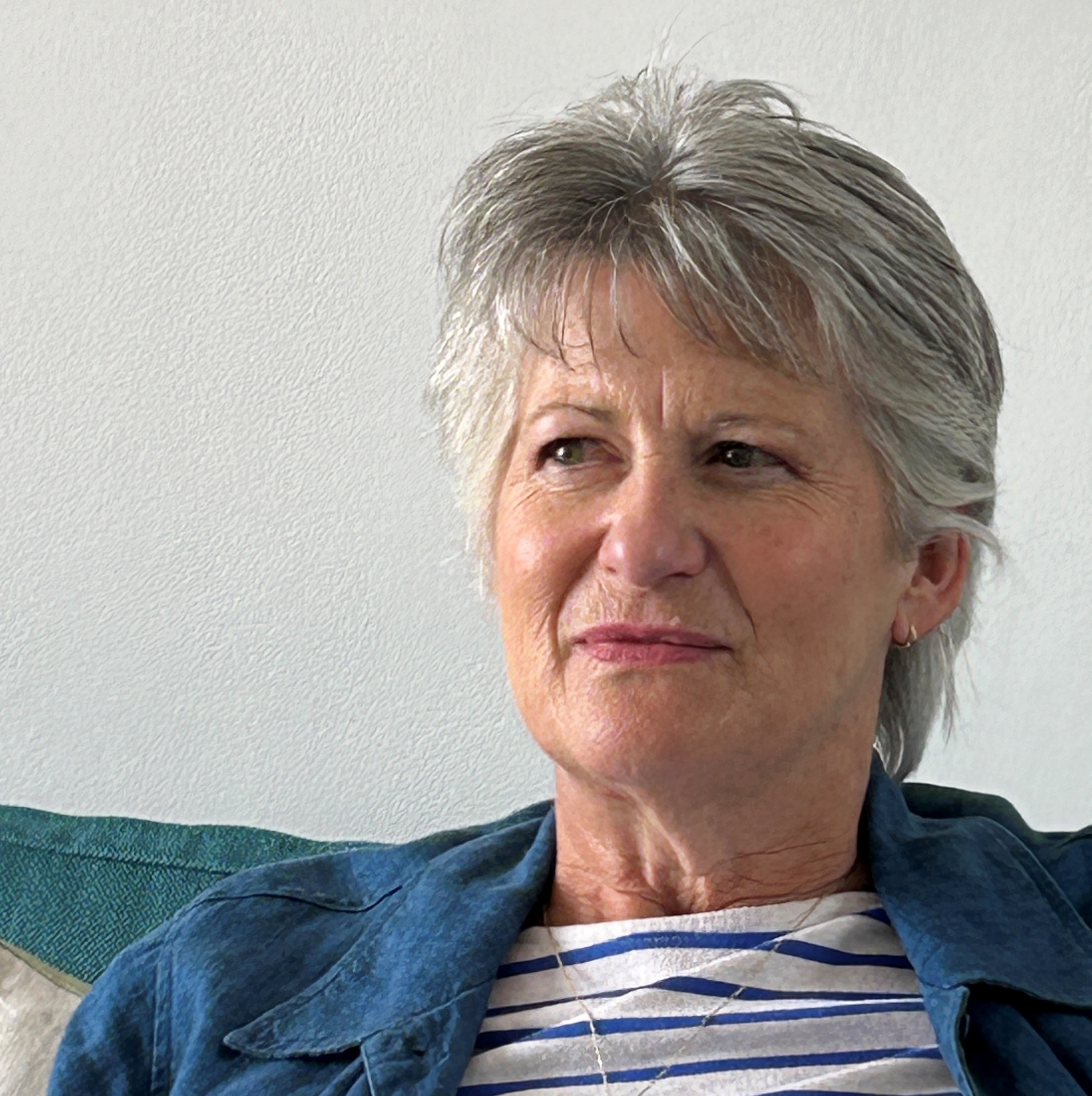
Given the complexity of building a new home, how do you make it an enjoyable experience? ‘The key ingredients are finding a professional design team and building team, and that everyone gets along well together,’ says Nigel Armstrong, chairman of residential builder R. W. Armstrong. ‘Make sure you are surrounded by people you want to spend a year or more with — you are going to be talking about personal things, in detail, on a very regular basis, so personalities are important.’
To find the team, most agree on the benefits of personal recommendation from friends, colleagues and other professionals — and, of course, our own list: the Country Life Top 100 architects, interior designers, craftsmen, builders and garden designers in Britain. Search engines and services, such as RIBA Client Advisers and RedBook may also be useful. Know who will lead the project — usually the architect — and that the practice is willing and able to take on the full gamut of tasks you expect, including co-ordinating all the other professionals involved.
‘Assemble the team as early as you can,’ advises Hugh Petter, director of Adam Architecture. ‘For example, I always like getting the interior designer involved when the scheme is still at concept stage, so they can have proper input into the design.’
Not only will this result in the most joined-up thinking, it may also encourage optimum creativity. ‘You get the whole team’s view from the beginning and develop the vision together,’ says landscape architect Marian Boswall, principal of Marian Boswall Studio.
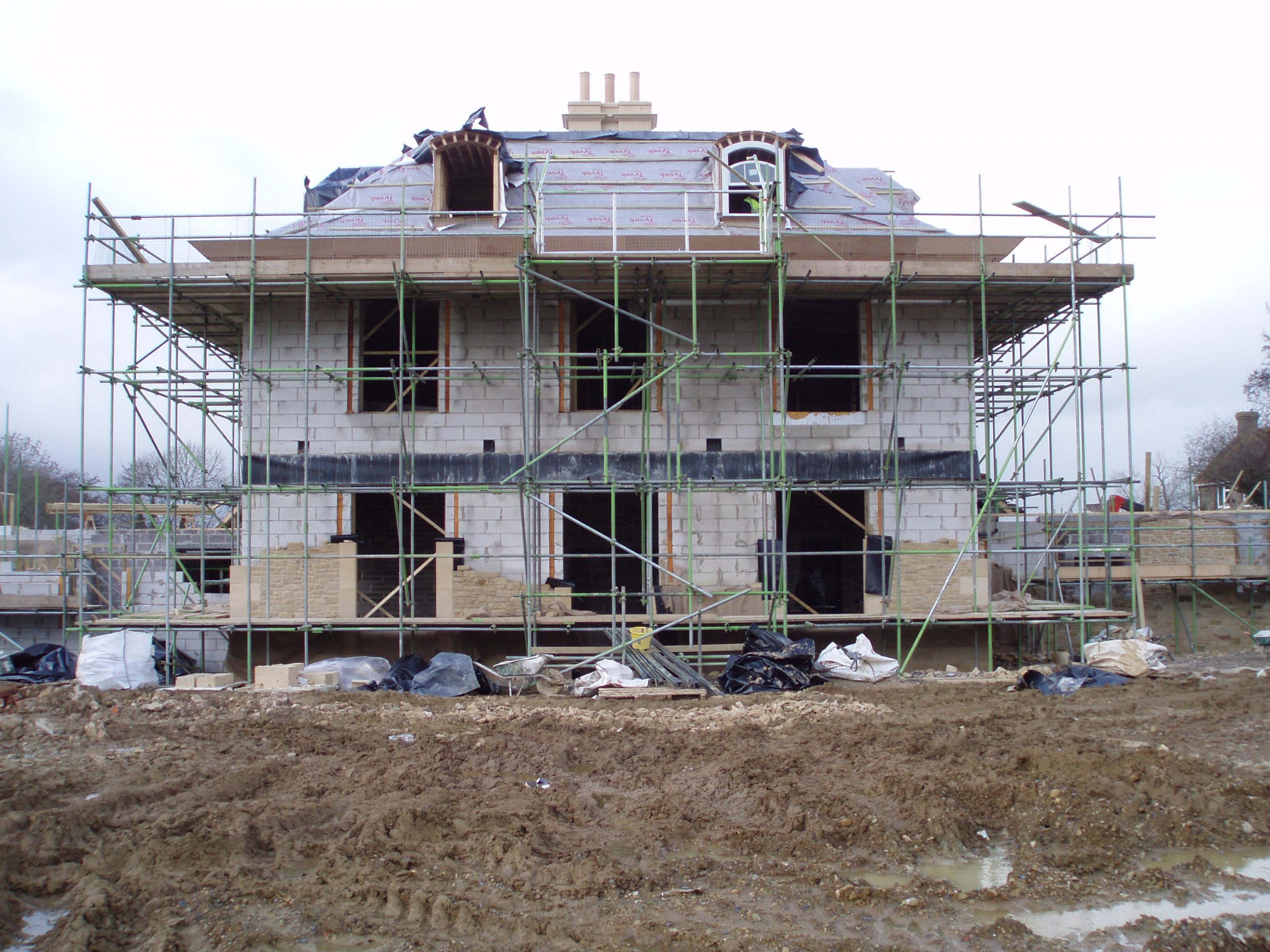
Make sure you allow enough time for the project, especially at the beginning, because the number of decisions that need to be made can be extensive. ‘There is no substitute for preparation,’ advises Tim Moulding, owner and managing director of construction company Moulding, and head of Country House Building Consultants, the firm he set up three years ago to advise owners on the new-build process.
‘Spend enough time with the right design team making sure everything is worked out, right from the beginning. Once you’ve bought the land and appointed an architect, you will probably be excited and keen for the builder to start, but it’s better to make sure that all the design work is completed before the build begins for the best result.’
For Mr Armstrong, starting off with the right mindset is important. ‘Some people start with a combative approach, thinking it’s going to be a nightmare, but it really doesn’t need to be,’ he says. ‘Yes, you will have to roll your sleeves up, ask questions and get involved in design decisions pretty much on a daily basis — it can be very absorbing. But if you were renovating a classic plane or boat, you would be passionate about it and enjoy the process. Building a house really shouldn’t be any different.’
Sign up for the Country Life Newsletter
Exquisite houses, the beauty of Nature, and how to get the most from your life, straight to your inbox.
Architect
Everybody knows that an architect’s job plays the lead role in translating your vision into a concrete reality. What is perhaps less often emphasised is the need to find someone you like and trust. ‘A new country house is often someone’s absolute dream, something they have been thinking about all their lives, so the client-architect relationship is a very personal one — it’s not like designing an office block or a school,’ points out Ross Sharpe, director of Yiangou Architects.
‘We have to be somebody the client trusts and whose vision they admire — and that includes occasionally telling them they are bonkers,’ he notes. ‘Most people will thank you for being honest, as well as inspirational.’
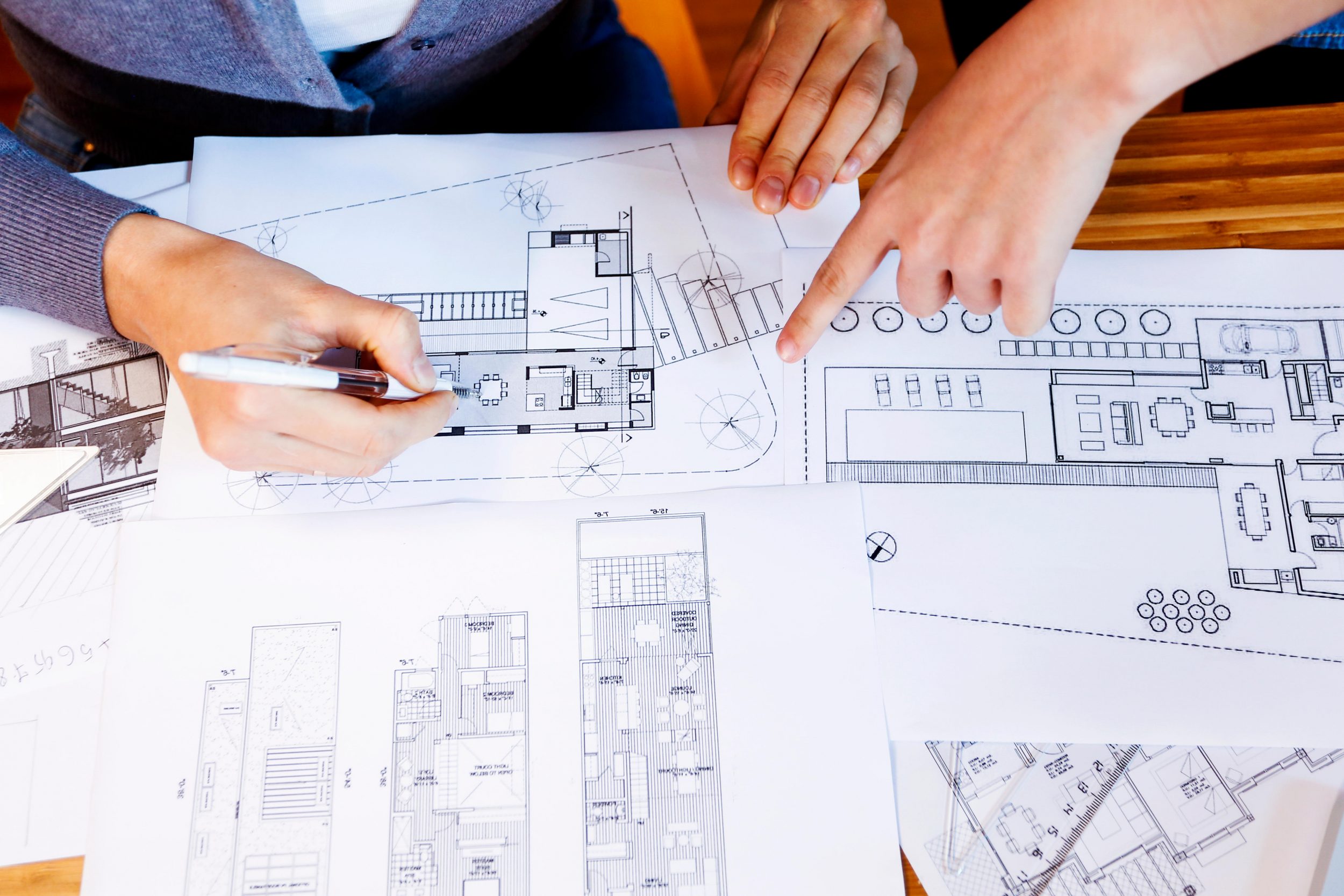
Allow plenty of thinking time to develop the concept. Mr Petter says that a good architect should not rush into design, but take a thorough brief and listen carefully, not only about how many bedrooms the house should have, but also to draw out your aspirations for the project. ‘I will work closely with the client to explore options in an illustrative way,’ he adds.
An early stage costing is followed by more detailed design, taking the project to planning, before all the working drawings and specification are prepared, then works on site can begin.
Planning consultant
Sometimes planning applications can form part of the architect’s brief and sometimes there is a need for a professional consultant, brought in at the earliest possible stage. ‘Planning has become very complicated over the past 10 years,’ says Mr Sharpe. ‘People often want to put new-build country houses in very difficult planning contexts, including historic settings and beautiful landscapes, where there are a raft of policies and potential objections.’
A planning consultant should be familiar with local policy and able to prepare the best case. You may also need a heritage consultant or historian to prepare a report on your site as part of the application.
Isn’t this merely an extra layer of bureaucracy? Absolutely not, says Mr Sharpe. ‘You could come a cropper with a difficult planning authority. The reality is that they do vary up and down the country in their attitudes to building a new country house.’
Landscape architect and garden designer
This is another professional who should be a key member of the team at the outset of a project, believes Hugh Petter. ‘A building needs to lock properly into its setting,’ he explains. ‘This is not only desirable for the aesthetic outcome, but also in planning terms, because of the need to enhance the immediate setting and wider surroundings, with the visibility of the house an important factor.’
Landscape designer Graham Lloyd-Brunt, of Lloyd Brunt Outdoor Design, goes further. ‘If you are building a new country house, you are there because you want to enjoy the country and everything that goes with it,’ he notes. ‘If you have a view, you want to link the house to that view, not have driveways or other obstacles running across it — that’s the sort of thing that can be lost if you bring in a landscaper too late.’
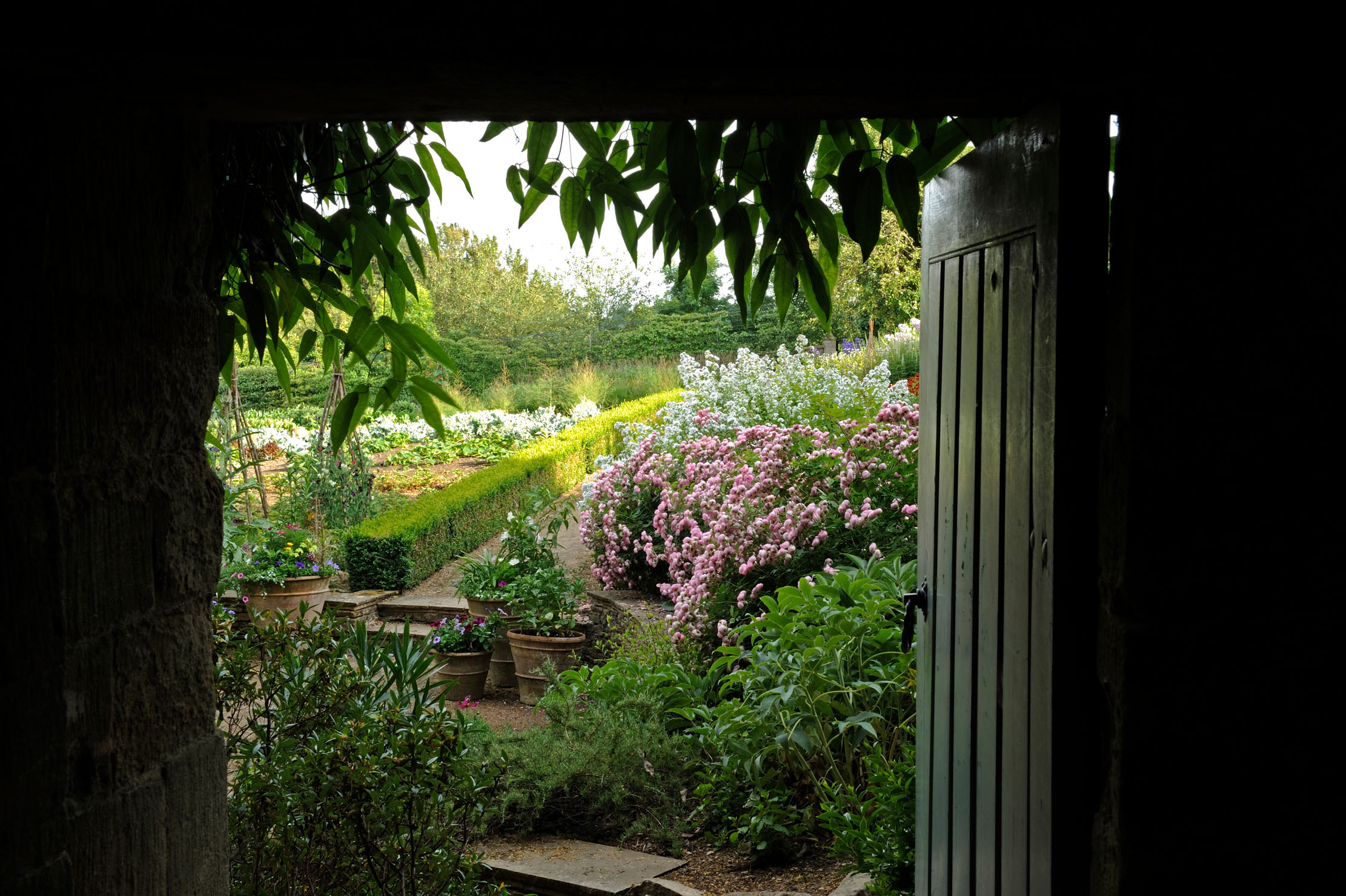
Where is the usual distinction between the role of the architect and the landscape architect? Marian Boswall explains: ‘We say that the architect designs anything with a roof on it and we design everything outside the buildings, including terraces, steps, pool area, walls, pergolas and so on.’
Her studio will work with ecologists, soil scientists and all the specialists that may be required on a new-build project, working from initial impact assessments required for planning applications all the way through to the management of the landscape construction and a detailed schedule for the planting.
Interior designer
The traditional role of an interior decorator was to concentrate on the furniture, fabrics and colours, but today’s design practices can cover a range of different skills, including a full interior architectural-design service that could incorporate kitchen and bathroom design, joinery, hard finishes, such as flooring, and lighting design. You need to find a studio capable of undertaking the tasks you want and ensure that the architect and interior designer agree on who will take on each responsibility where there is potential crossover.
Emma Sims-Hilditch, who runs full-service practice Sims Hilditch, says: ‘Our role is to make a house into a home — how we are going to make the space personal, comfortable, beautiful and well planned, where the practical elements of the house are going to be and how the space will function and flow.’ Each Sims Hilditch project will involve a team member responsible for interior architecture, another for FF&E (furniture, fixtures and equipment) and a project manager to bring everything together. The result? ‘A house that has real longevity, with every single detail that the client might want thought about intelligently.’
Gideon Stone, managing director of Janine Stone, offers a full interior-design service, but can also offer a complete package, from architecture to construction, to ensure that the atmosphere of the interior marries up with the architecture of the house. ‘This has become a very fragmented industry with different disciplines,’ he explains. ‘Our offer puts everything together under one umbrella to deliver a seamless package to the client.’The architect Jonathan Dinnewell, a director of Smallwood, emphasises the importance of a good relationship between architect and interior designer. ‘There has to be an understanding of your respective strengths and weaknesses. It’s not only important that a client gets on with an interior designer, but also that interior designer and architect have a rapport that will inject joy into the process.’
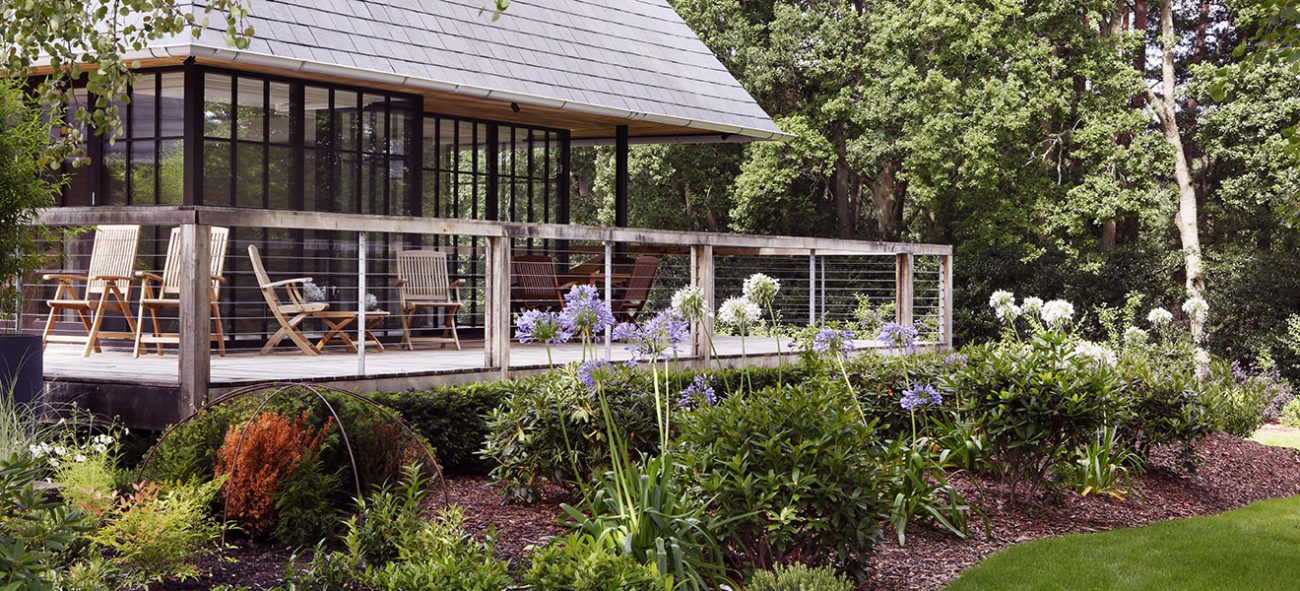
Project manager
Traditionally, project management falls under the architect’s remit, but some clients prefer to use a professional project manager, particularly if they live abroad or if their chosen architectural practice does not offer a management service. The golden rule is to be clear from the outset about who does what: who will attend the site meetings, inspect the work, make sure payments are made and that the building is signed off.
‘If you do want to use a project manager, find one that understands the materials and nature of a country house,’ advises Mr Petter. ‘They are actually highly serviced buildings that are quite sophisticated to construct.’
Quantity surveyor
Responsible for managing the costs and budget of a project from start to finish, a QS, as they are known, can be asked to prepare a budget estimate even at sketch stage. ‘Then you know you are in the right ballpark,’ explains Mr Sharpe. A QS will also analyse quotations and costs throughout the process. ‘By monitoring the project all the way along, there will be no surprises.’
Engineers
A structural engineer is another essential member of a new-build country-house team, who makes sure that the building will work, is safe and is designed in the most efficient way. Many projects will also require an M&E (mechanical and electrical) engineer, especially given the sophisticated requirements — from air conditioning to green energy systems — of most new country houses.
Building contractor
There can be little doubt that the building of a luxury country house is a niche market, with a relatively small number of capable and experienced contractors. Although the usual ways of identifying a good builder apply, from personal recommendation to a demonstrable track record, Mr Moulding says it is essential to find a contractor who is ‘big enough to cope, small enough to care’, given the complexity and personal nature of a dream country house.
Mr Moulding also suggests rethinking the traditional tender process to achieve the best outcome. Typically, a builder will be sent a set of tender documents and given a month to price the project, competing against perhaps half a dozen other contractors. ‘That’s an old-fashioned way of going about things, in my view,’ he says.
‘Better to go through a two-stage process: beauty parade half a dozen builders, then shortlist two and negotiate with them. The builder typically invests more time in their proposal because they know they’ve got a one-in-two chance of winning the project and the longer engagement period gives you more certainty that you are picking the right partner for your project, rather than simply opting for the one out of six that comes up with the lowest bid.’
Where to start looking
Here are a few selected experts to get you started, or follow this link to see the Country Life Top 100 architects, interior designers, craftsmen, builders and garden designers in Britain.
- Adam Architecture — adamarchitecture.com
- Country House Building Consultants — countryhousebuildingconsultants.co.uk
- Janine Stone & Co. — janinestone.com
- Lloyd Brunt Outdoor Design — lloydbrunt.com
- Marian Boswall Landscape Architects — marianboswall.com
- Moulding — mouldingthebuilder.co.uk
- W. Armstrong — www.rwarmstrong.co.uk
- Sims Hilditch — simshilditch.com
- Smallwood — smallwoodarchitects.co.uk
- Yiangou Architects — yiangou.com
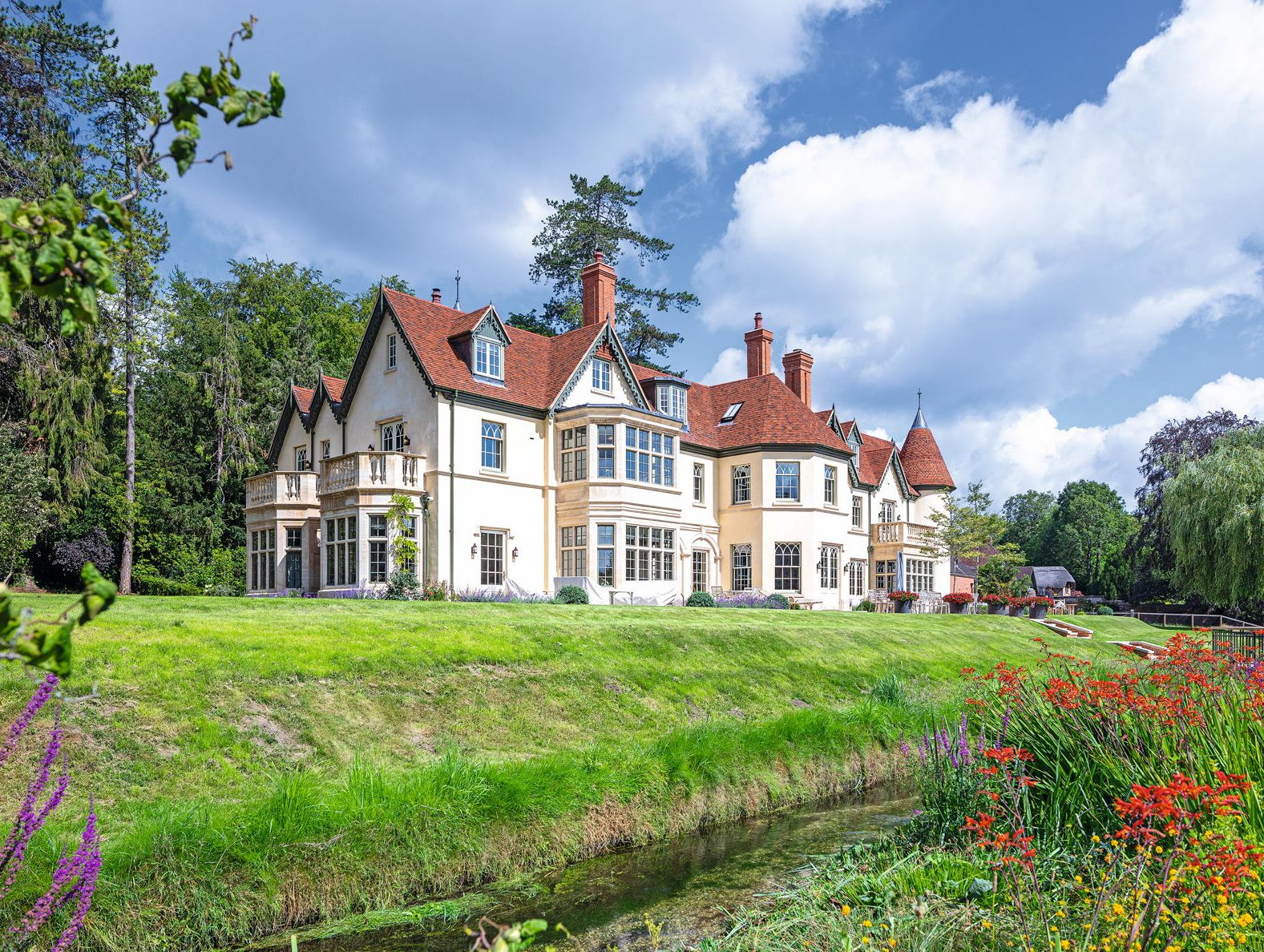
The best country house architects in Britain
Country Life has once again delved into its to update the list of the finest architects in Britain — an
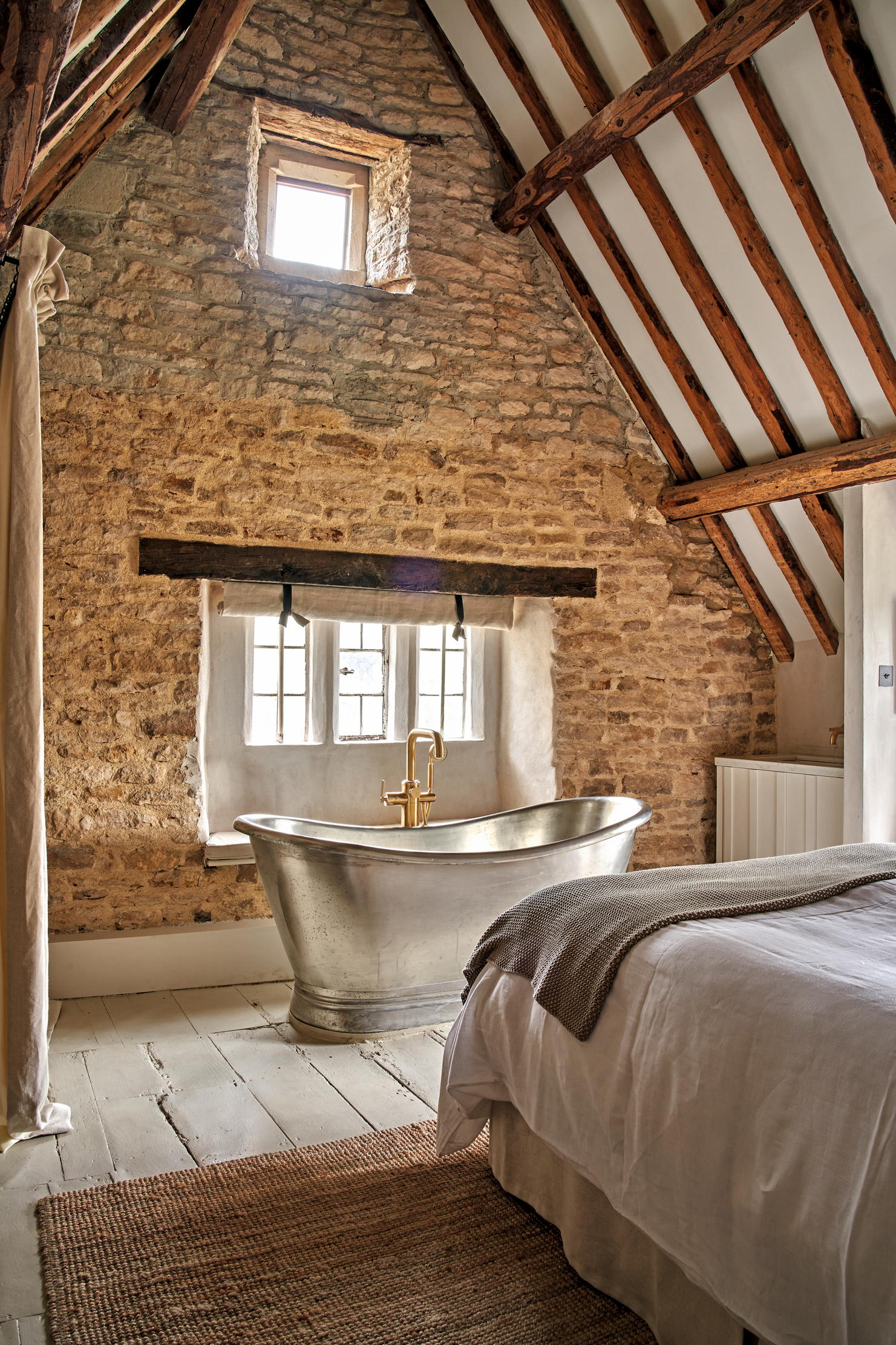
The best interior designers in Britain
Of all the decorating trends that have been in vogue over the last 50 years – be it Scandi, Minimalism
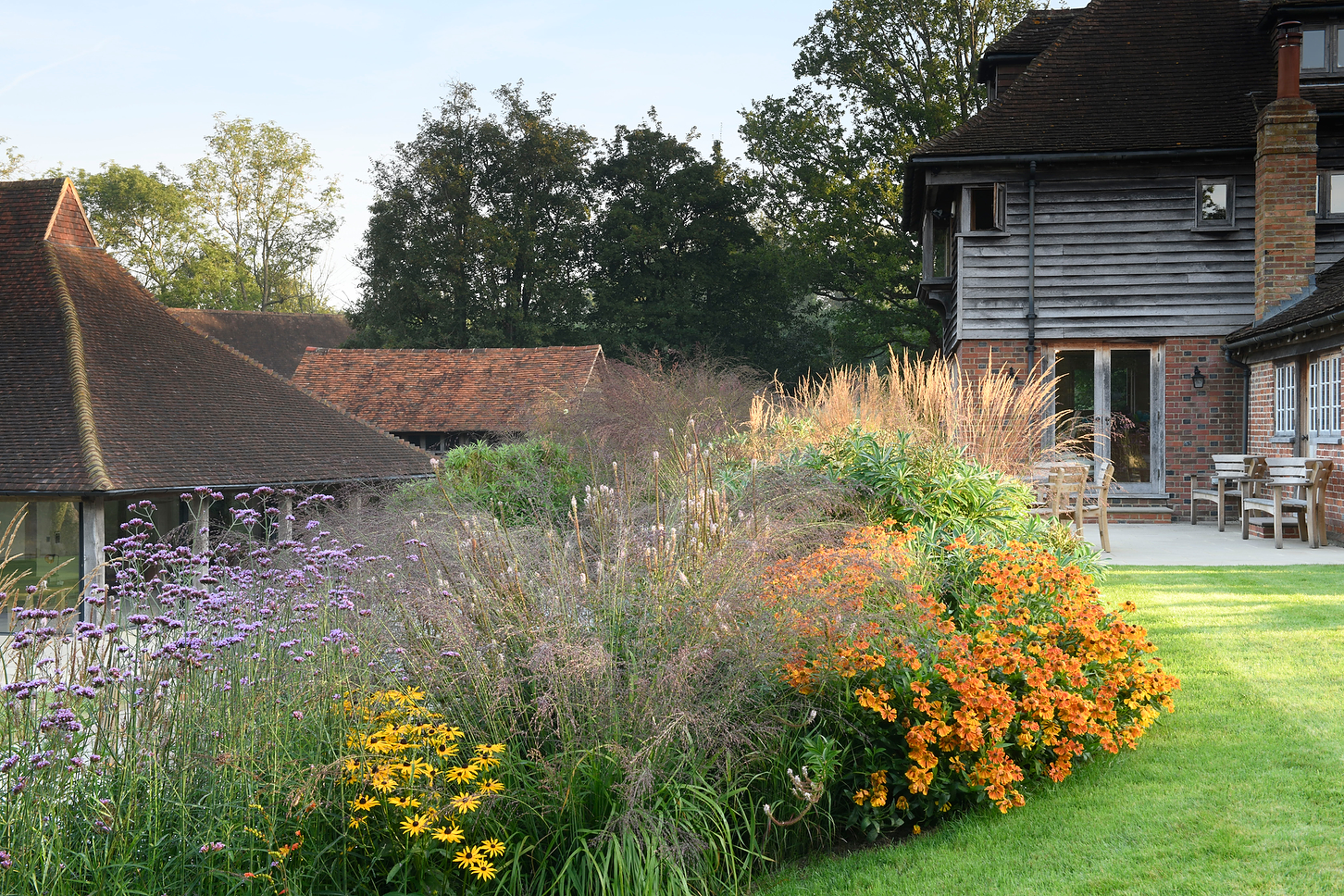
The best garden designers and landscapers in Britain
A beautiful country house is as much about its surroundings as its bricks and mortar, something that the best garden
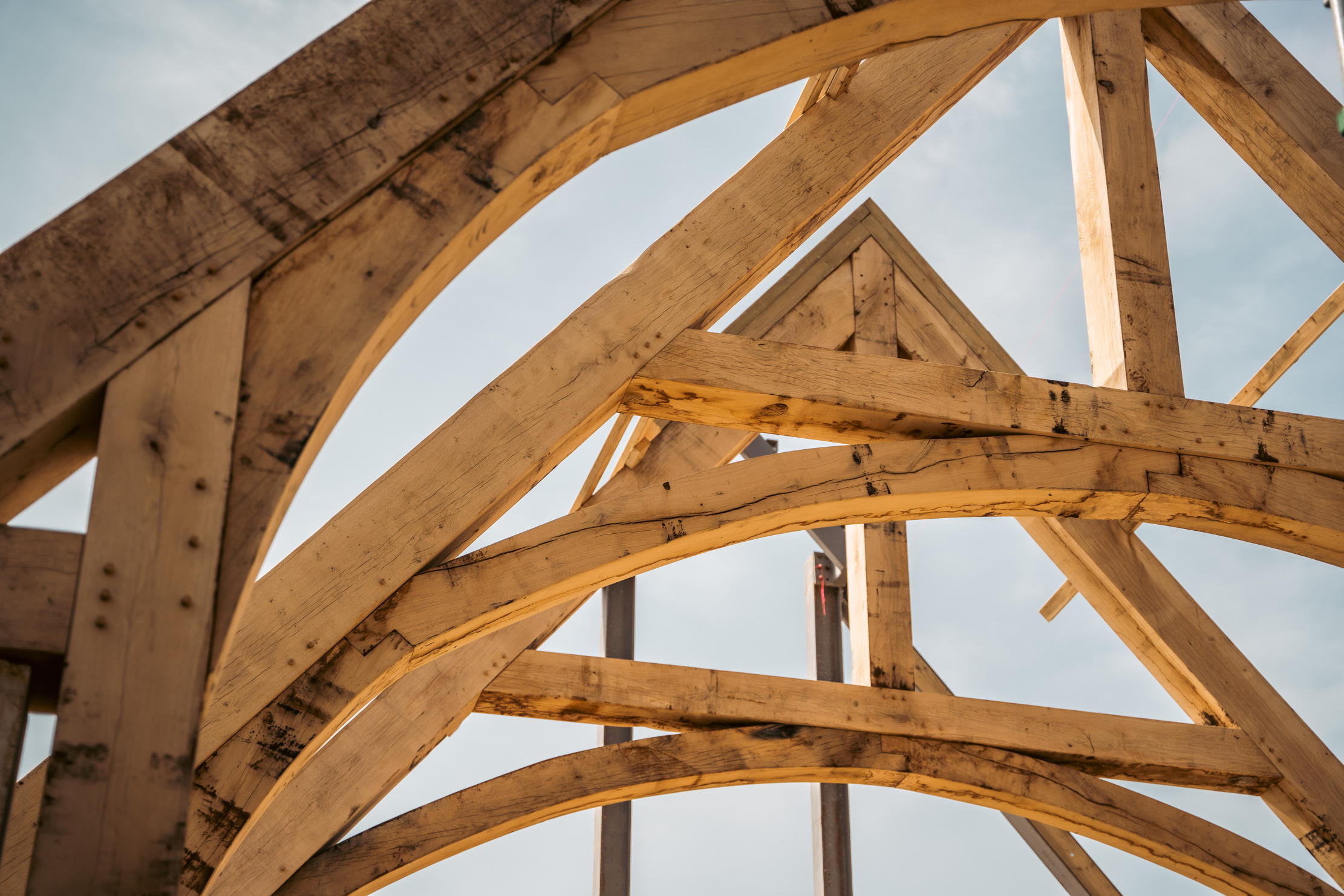
The best country house builders, craftspeople and specialists in Britain
Whether you're embarking on a new-build or painstakingly restoring a listed building, here are the craftsmen with excellent foundations.
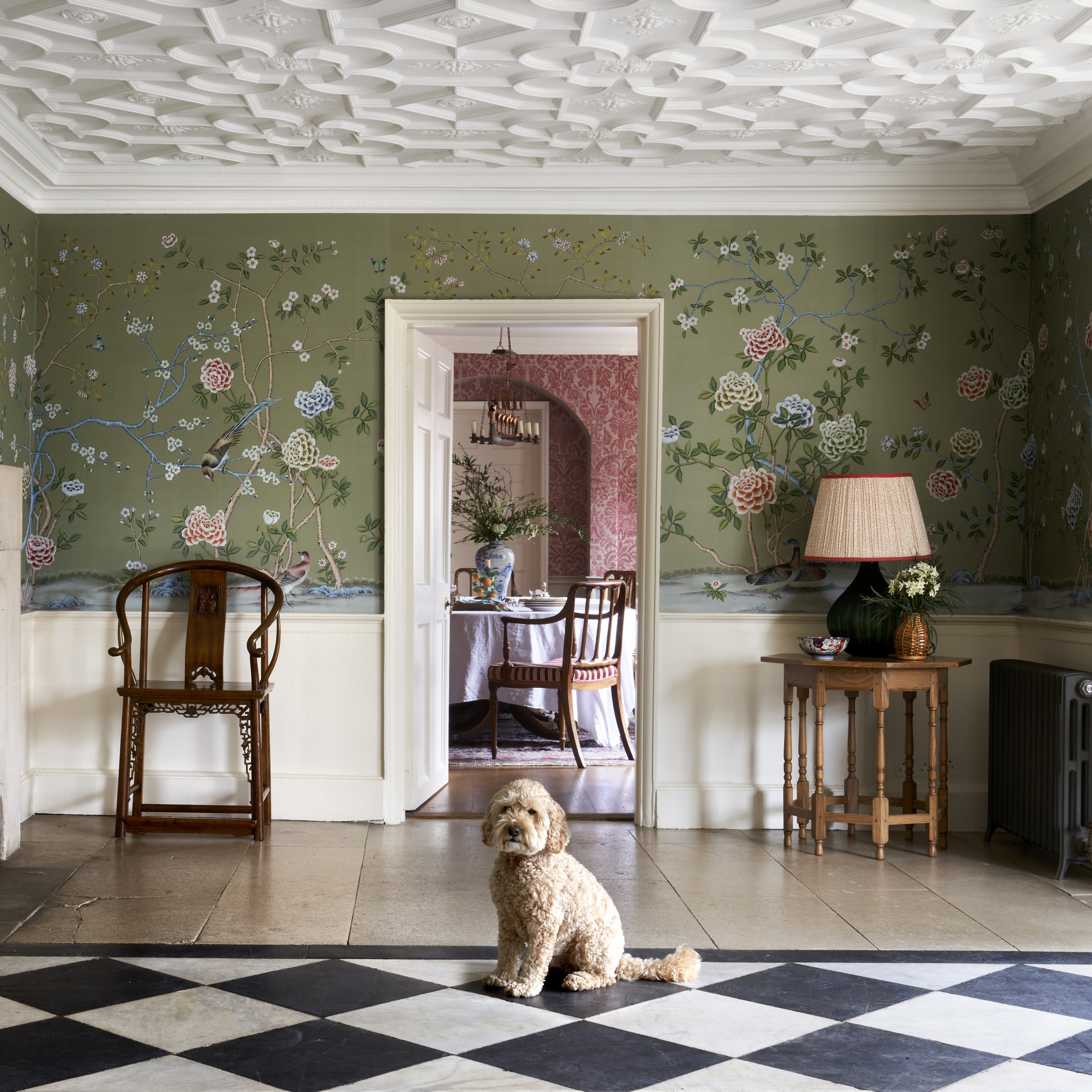
The Country Life Top 100 architects, interior designers, craftsmen, builders and garden designers in Britain
It's now six years since the original Country Life Top 100 was published, but the aim hasn't changed: we name
Amelia Thorpe is a design and interiors journalist and regular contributor to Country Life. She spent the first half of her career book publishing, before jumping the fence to become a writer — a role that she adores. Amelia lives in London with her husband and two roguish dogs.
-
 Folio, Folio, wherefore art thou Folio? Shakespeare set to be auctioned by Sotheby's
Folio, Folio, wherefore art thou Folio? Shakespeare set to be auctioned by Sotheby'sFour Folios will be auctioned in London on May 23, with an estimate of £3.5–£4.5 million for 'the most significant publication in the history of English literature'.
By Lotte Brundle Published
-
 Damon Hill's former home in Marbella is the perfect place to slow down
Damon Hill's former home in Marbella is the perfect place to slow downThe glorious Andalusian-style villa is found within the Lomas de Marbella Club and just a short walk from the beach.
By James Fisher Published
-
 Damon Hill's former home in Marbella is the perfect place to slow down
Damon Hill's former home in Marbella is the perfect place to slow downThe glorious Andalusian-style villa is found within the Lomas de Marbella Club and just a short walk from the beach.
By James Fisher Published
-
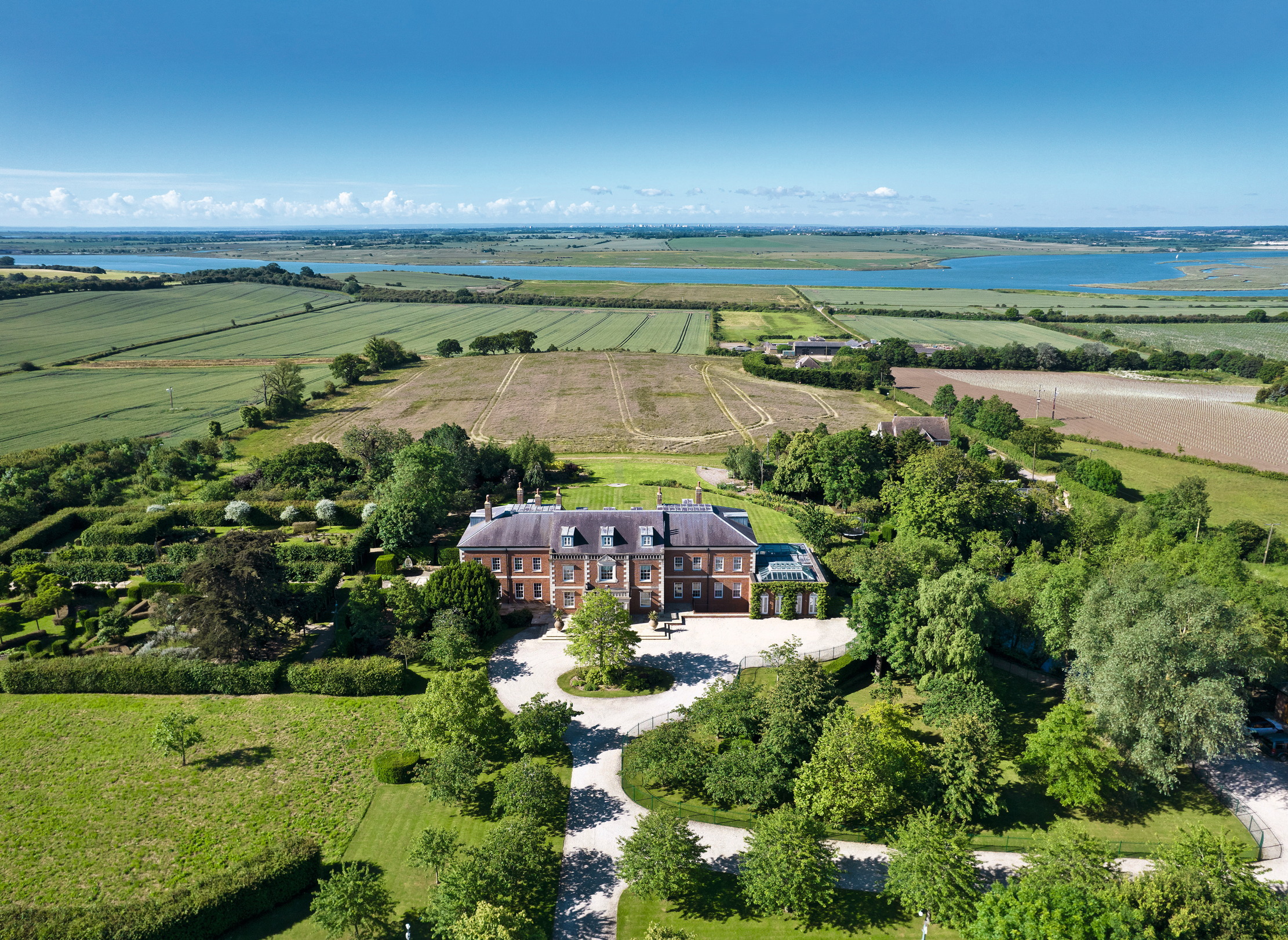 A 327-acre estate in the heart of 'England’s Côte d’Or', with a 26,000sq ft Georgian style home at its heart
A 327-acre estate in the heart of 'England’s Côte d’Or', with a 26,000sq ft Georgian style home at its heartStokes Hall in the Crouch Valley is an inspiring property looking for a new owner.
By Penny Churchill Published
-
 Schreiber House, 'the most significant London townhouse of the second half of the 20th century', is up for sale
Schreiber House, 'the most significant London townhouse of the second half of the 20th century', is up for saleThe five-bedroom Modernist masterpiece sits on the edge of Hampstead Heath.
By Lotte Brundle Published
-
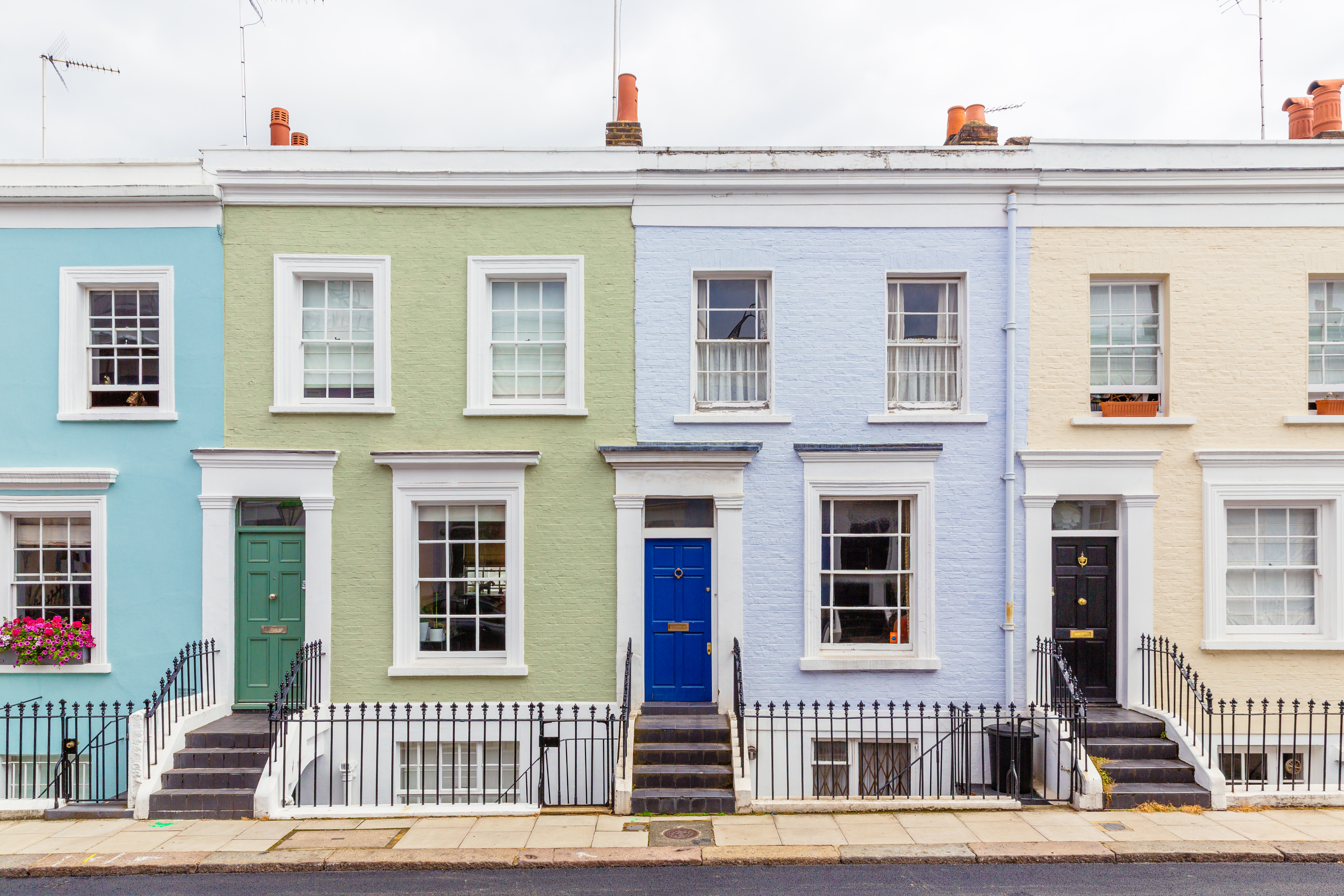 Is the 'race for space' officially over?
Is the 'race for space' officially over?During the lockdowns, many thought the countryside was the place to be. It seems many are now changing their minds.
By Annabel Dixon Last updated
-
 What's a 'wellness village' and will it tempt you back into the office?
What's a 'wellness village' and will it tempt you back into the office?The team behind London's first mixed-use ‘wellness village’ says it has the magic formula for tempting workers back into offices.
By Annunciata Elwes Published
-
 A mini estate in Kent that's so lovely it once featured in Simon Schama's 'History of Britain'
A mini estate in Kent that's so lovely it once featured in Simon Schama's 'History of Britain'The Paper Mill estate is a picture-postcard in the Garden of England.
By Penny Churchill Published
-
 Hidden excellence in a £7.5 million north London home
Hidden excellence in a £7.5 million north London homeBehind the traditional façades of Provost Road, you will find something very special.
By James Fisher Published
-
 Sip tea and laugh at your neighbours in this seaside Norfolk home with a watchtower
Sip tea and laugh at your neighbours in this seaside Norfolk home with a watchtowerOn Cliff Hill in Gorleston, one home is taller than all the others. It could be yours.
By James Fisher Published
